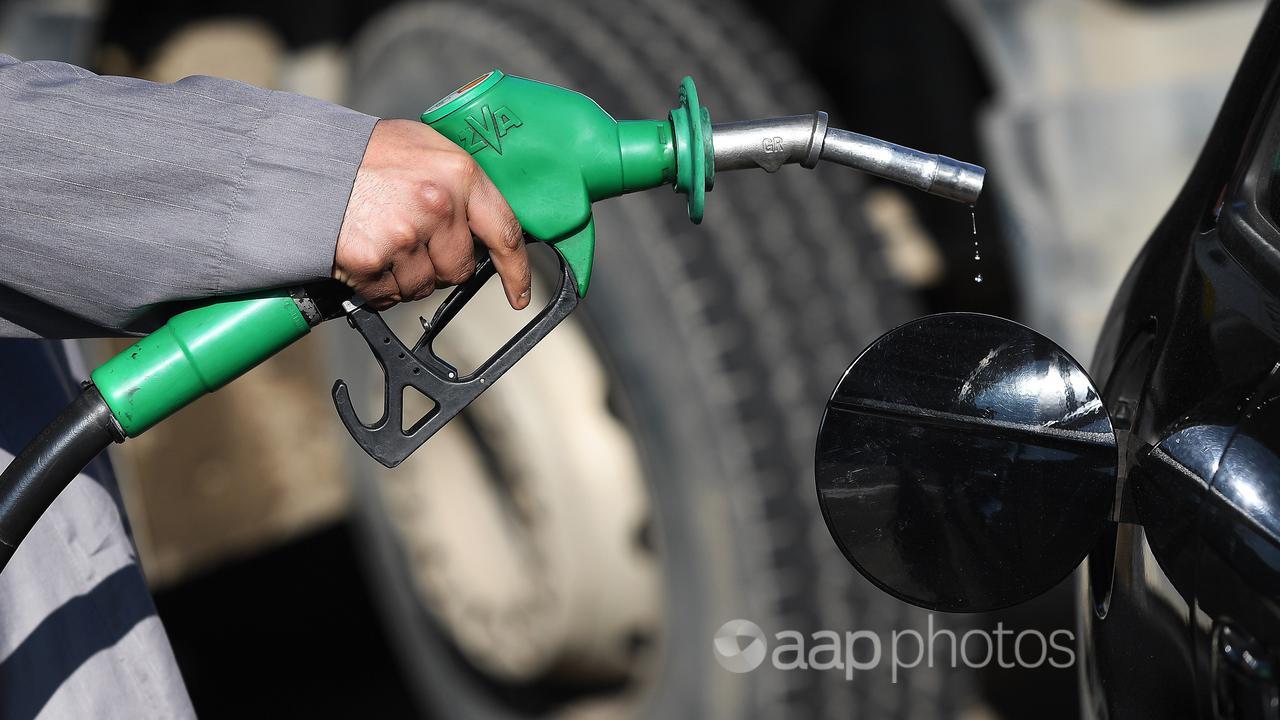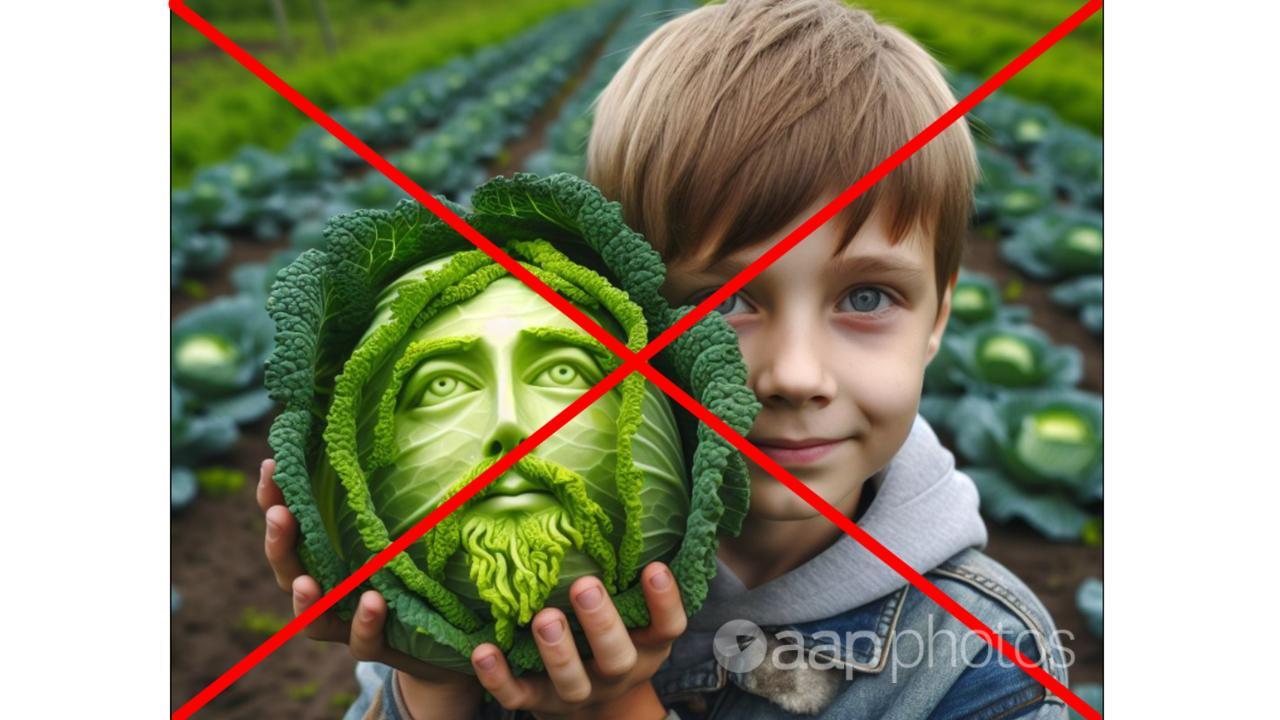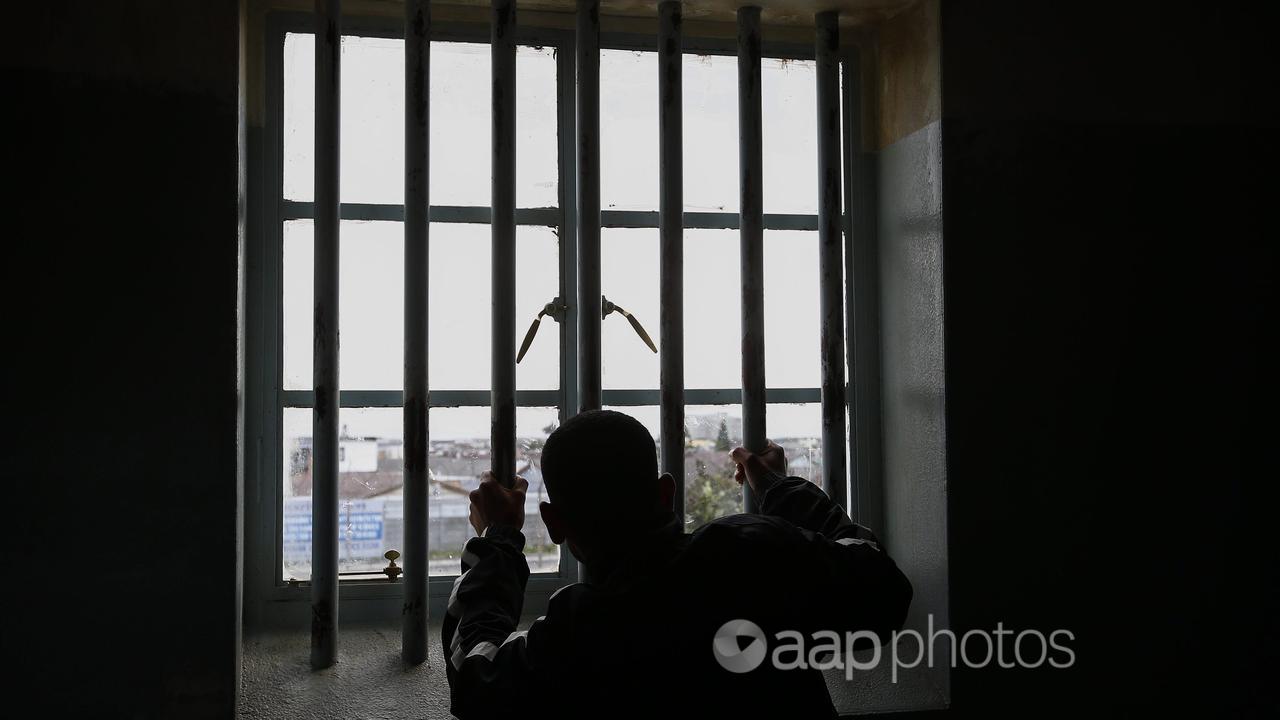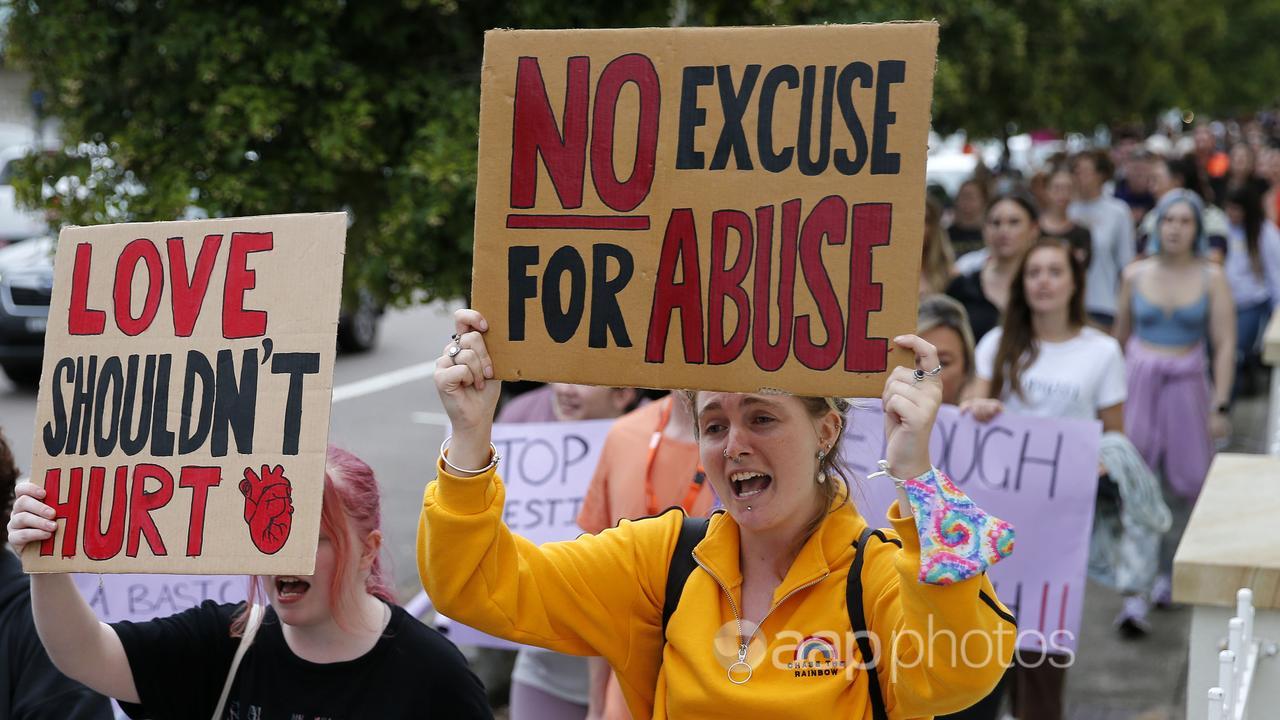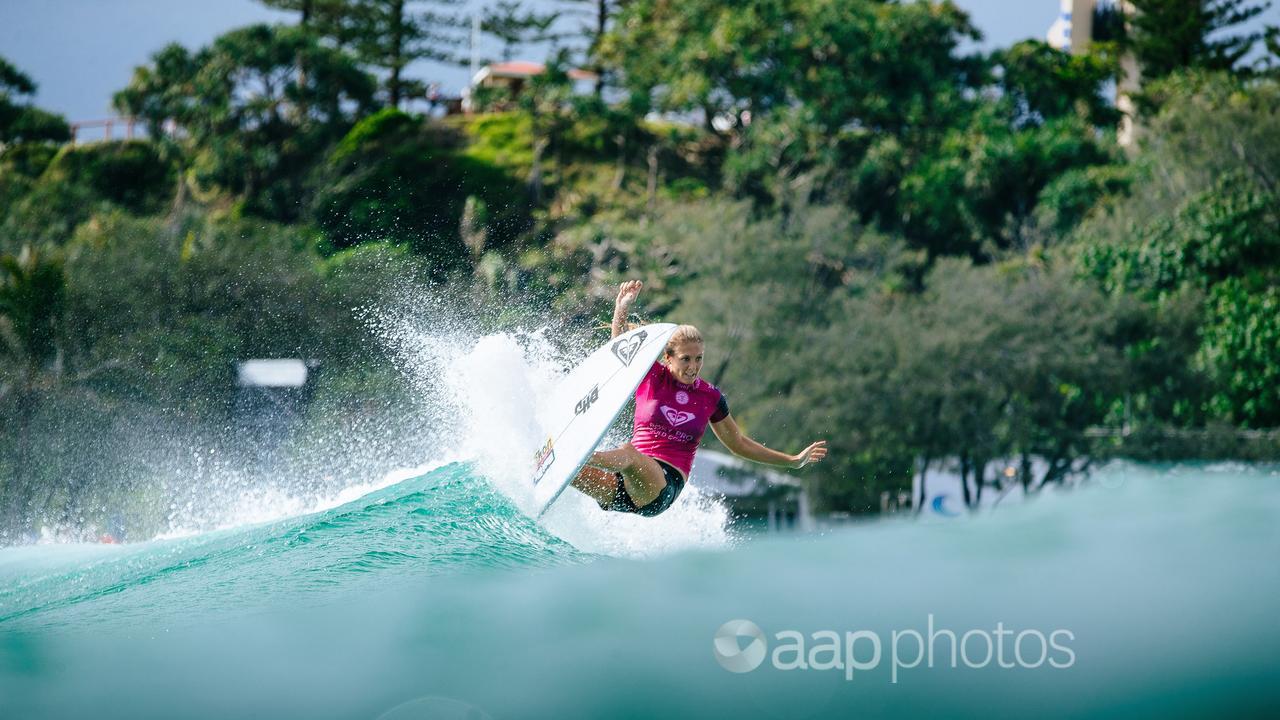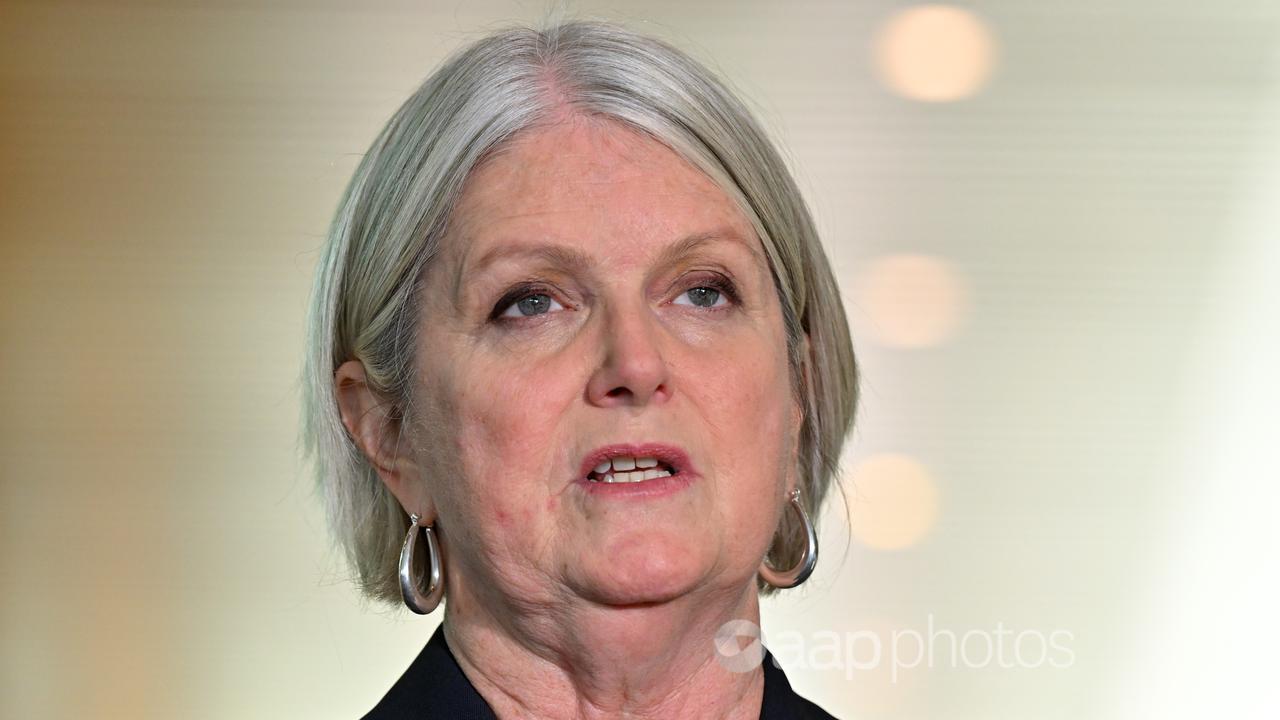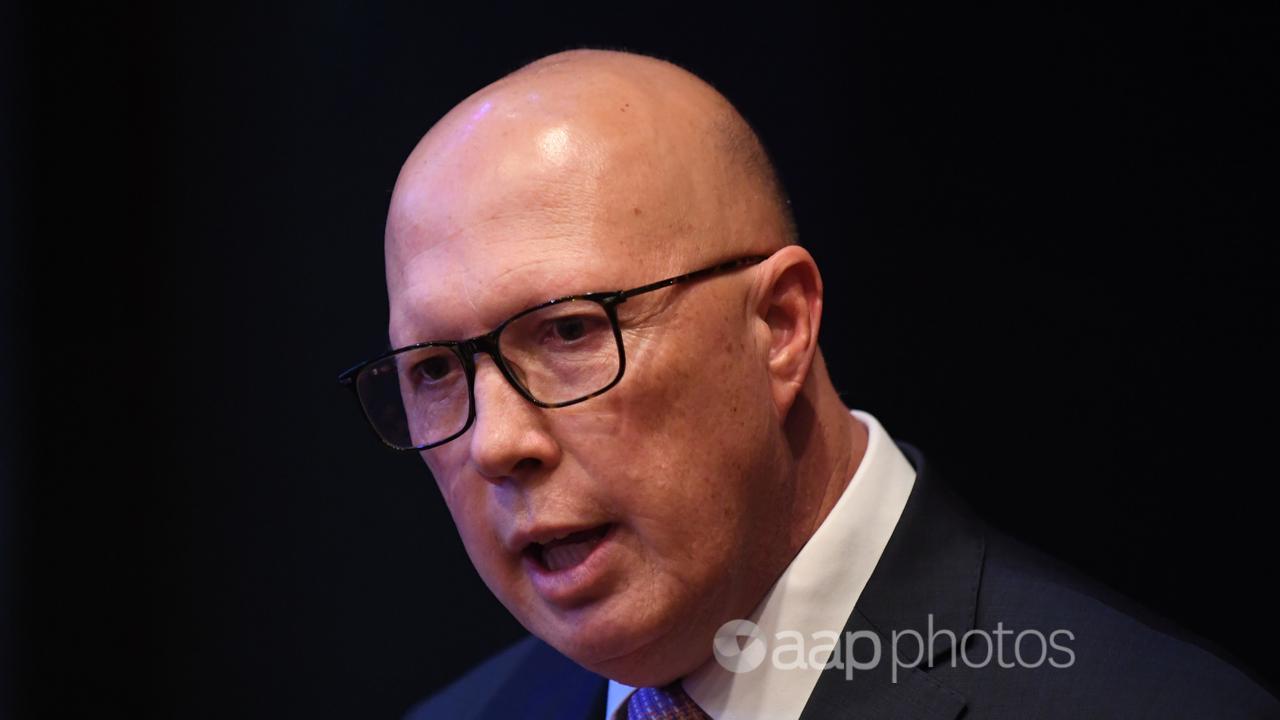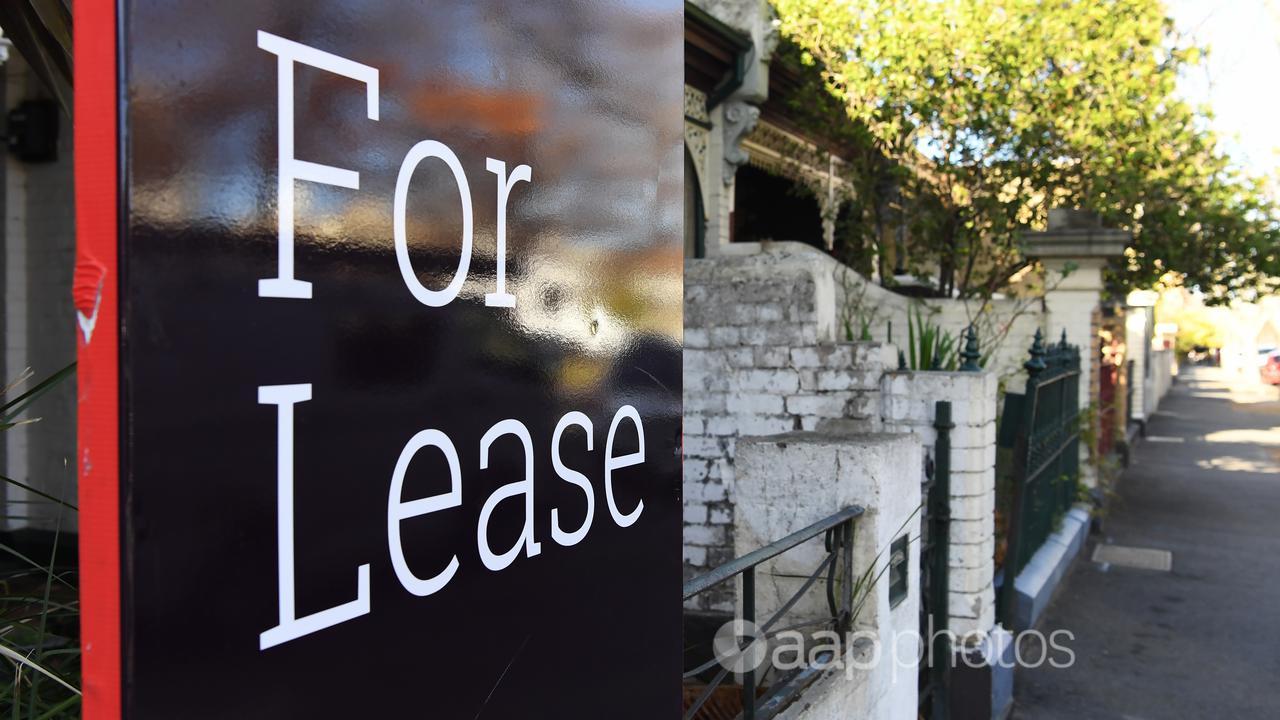A Facebook meme claims that in 2008 oil prices were 50 per cent higher than in 2022 but petrol was almost half as much at the pump.
The meme, which has been widely shared in Australia and Canada (here, here, here and here), says in 2008 oil was $147 a barrel. This is false.
World Bank data shows crude oil prices ($US per barrel) jumped around in 2008 but only peaked at $132.83 in July. They started at $90.69 in January before dipping to $41.34 in December.
The price per barrel in 2022 started out at $69.96 in early January before rising steadily to a peak of $123.5 on March 8. At the of writing it was 109.5.
The meme also claims that in 2008 petrol cost $1 per litre and in 2022 petrol costs $1.83 per litre.
This Australian Institute of Petroleum chart shows the Australian national average for unleaded petrol (including GST) in 2008 was $1.36 per litre and for this year – January 1 to March 18 – the chart showed petrol costing $166.3 to $188.6 per litre.
According to Statistics Canada, in January 2008 unleaded petrol (in Canadian dollars) varied from $100.3 in Alberta to $115.3 in Quebec. Petrol prices for that year peaked in July ($130.3 in Edmonton, Alberta to $156.5 in Victoria, British Columbia) before plummeting in December ($69.5 in Ottawa-Gatineau, Ontario to $99 in Yellowknife, Northwest Territories).
For 2022 in Canada, only regional petrol prices were recorded for January and February which showed prices ranged from $133.7 to $177.1. No March figures were available at the time of writing.
Nicolas de Roos, a professor specialising in retail petrol markets at the School of Economics, University of Sydney, said comparing oil prices in 2008 to 2022 is akin to comparing apples to oranges, as 2008 was an anomaly, recording highly fluctuating prices.
“2008 was a crazy year, with wild swings in oil prices,” he told AAP FactCheck by email.
He noted that in 2008 Australian oil prices rose rapidly before taking a battering in the latter quarter when the Global Financial Crisis – the deepest recession in the world economy since World War II – hit. Between July 2002 and July 2008, a clear upward trend in prices was evident, while prices fell sharply in the second half of 2008.
Prof de Roos explained petrol pump costs in Australia aren’t determined exclusively by oil prices but by Terminal Gates Prices (TGP), which are wholesale prices available to petrol retailers.
TPGs take into account shifts not only in oil prices but also in exchange rates and taxes.
“Oil prices are denominated in US dollars so you need to account for the AUD-USD exchange rate to understand pricing in Australia, and TGPs do this work for you,” he said.
The current TGP sits at around $1.98 a litre, but could hit $2.50 later this year if the war in Ukraine continues and drives up global oil prices, predicts Craig James, chief economist with CommsSec.
In 2008, the TGP peaked above $1.60 per litre in July and plummeted to $1.00 in December, and retail prices went from $1.70 a litre (June/July) to $1.00 (December), Prof de Roos said.
“Because of wild fluctuations, there was a time in 2008 when exchange rate-adjusted oil prices were high, and a time when retail petrol prices were low, but they were not at the same time of the year.”
The fluctuations are backed up by the Australian Competition & Consumer Commission (ACCC) report, Monitoring of the Australian petroleum industry 2009 – Summary. The report on prices, costs and profits of unleaded petrol in Australia states: “After reaching a peak above 160 cents per litre in July 2008, retail prices fell rapidly between October and December 2008 with the onset of the global financial crisis.”
Similarly, an ABC News article quoting the ACCC, described petrol prices during 2008-09 financial year as “the most volatile on record”.
The meme also states “the war in Ukraine is not the reason” for the changing prices.
In response, Prof de Roos said oil prices were already unusually high before the conflict but they have risen further since Russia launched a full-scale military invasion on Ukraine on February 24.
“It’s hard to say what the price of petrol would have been without the conflict, but I’d be surprised if it would’ve been much below $2.00 a litre,” he said.
Before the Ukraine invasion, the COVID-19 pandemic had already caused petrol prices to rise, noted associate professor David Byrne from Melbourne University’s Faculty of Business and Economics in an April 2020 analysis.
The ACCC’s latest petrol monitoring report states petrol prices in Australia’s five largest cities hit an eight-year peak in February, triggered by the conflict in Ukraine, the OPEC cartel’s refusal to boost crude oil production and recovering oil demand as countries relaxed COVID restrictions.
The report reveals daily average retail petrol prices in Sydney, Melbourne, Brisbane, Adelaide and Perth crept to 182.4 cents per litre in February – the highest level since 2014. Prices have risen further in the first two weeks of March.
“The world was already experiencing high crude oil prices late last year due to the continuing actions of the OPEC and Russia cartel, and the enduring Northern Hemisphere energy crisis. The shocking events in Ukraine have forced crude oil prices even higher, as Russia is a major supplier of oil,” former ACCC chair Rod Sims said in a media release.
“Crude oil prices have been climbing sharply since late-2020 and prices at the bowser here have followed.”
The Verdict
Statistics show oil prices in 2008 were not consistently higher than in 2022 and did not reach a peak of $147 per barrel. Petrol was also not nearly half the price 14 years ago as claimed in the post. This is for both Australia and Canada, where the meme has been circulating.
The war in Ukraine, which began in February, is one of the factors lifting petrol prices higher in Australia, an expert confirmed to AAP FactCheck.
False – The claim is inaccurate.
* AAP FactCheck is an accredited member of the International Fact-Checking Network. To keep up with our latest fact checks, follow us on Facebook, Twitter and Instagram.
All information, text and images included on the AAP Websites is for personal use only and may not be re-written, copied, re-sold or re-distributed, framed, linked, shared onto social media or otherwise used whether for compensation of any kind or not, unless you have the prior written permission of AAP. For more information, please refer to our standard terms and conditions.

